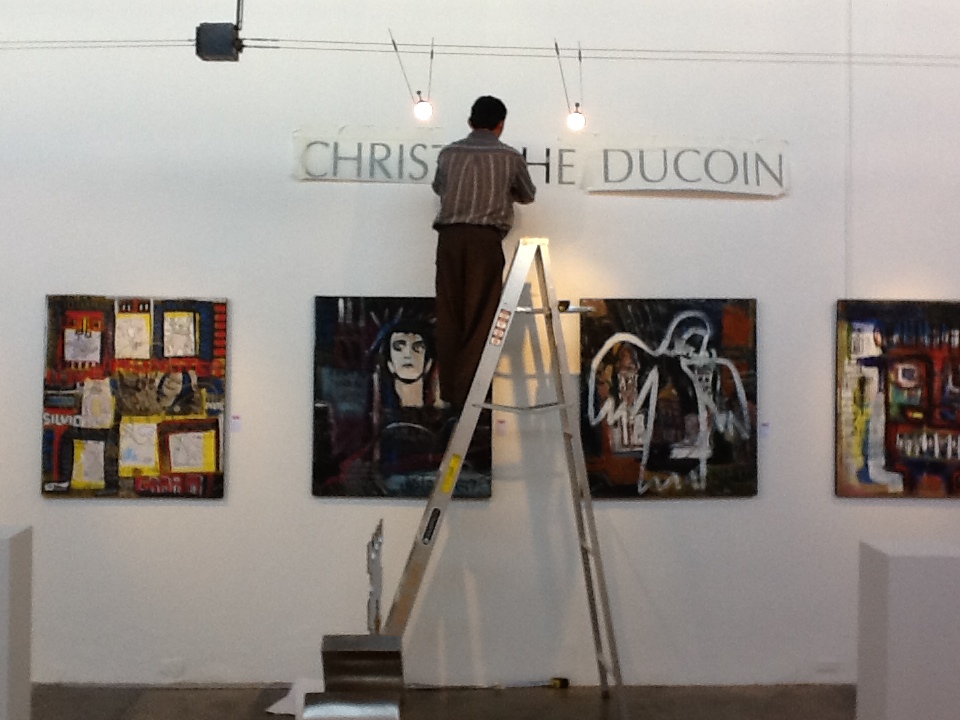One day, I pushed open the door of a gallery that, at first glance, seemed like it might be interested in my work.
“I don’t look online. If you want, bring me a few paintings,” the gallery owner said bluntly, without any particular warmth.
A few days later, I returned with my pieces, a mix of hope and nervousness churning in my stomach. The gallery owner walked around my paintings, examining them from various angles while muttering words I could barely make out. Then, after a long pause, he said:
“I’m in a tough spot. I already have a painter like you! I’ve been working with him for a long time, and I wouldn’t want to compete with him,” he explained, gesturing toward a large painting proudly displayed on the wall.
I took a deep breath and calmly replied that, yes, there were similarities between our work, but that didn’t justify dismissing me as a mere duplicate. In fact, it was precisely this stylistic affinity that had drawn me to the gallery. He remained silent for a moment before shifting the conversation, offering me a series of technical suggestions: the quality of the canvases, the importance of refining the finishes… And above all—above all—he insisted that I should stop letting the paint drip over the edges of my canvases.
As I listened, I glanced at the famous painting by my “stylistic twin.” The irony wasn’t lost on me: it, too, was adorned with numerous drips along its edges.
“Did you tell your painter that?” I asked, with a sly smile.
At that moment, I saw the gallery owner notice, with poorly concealed embarrassment, the unsightly drips he had apparently never noticed before. He searched for a response but found none. Amused, I patted him lightly on the shoulder before leaving with my paintings under my arm, feeling a little lighter than when I had arrived.

